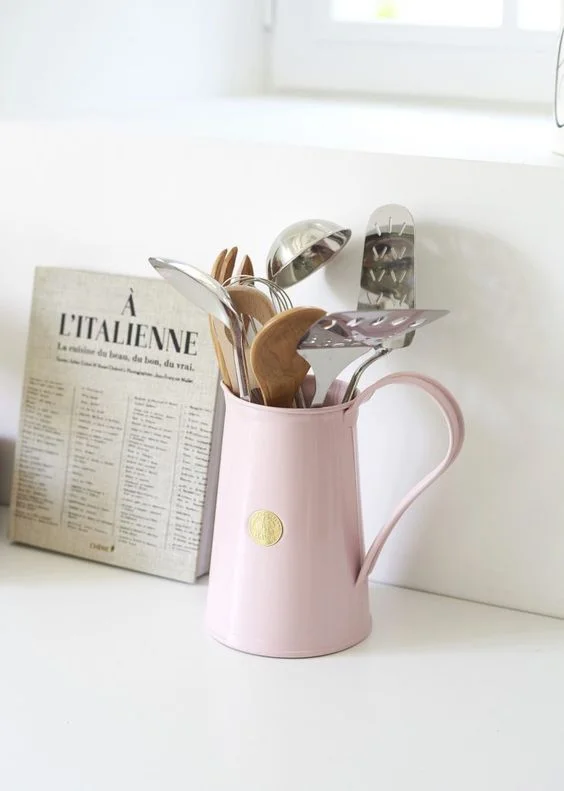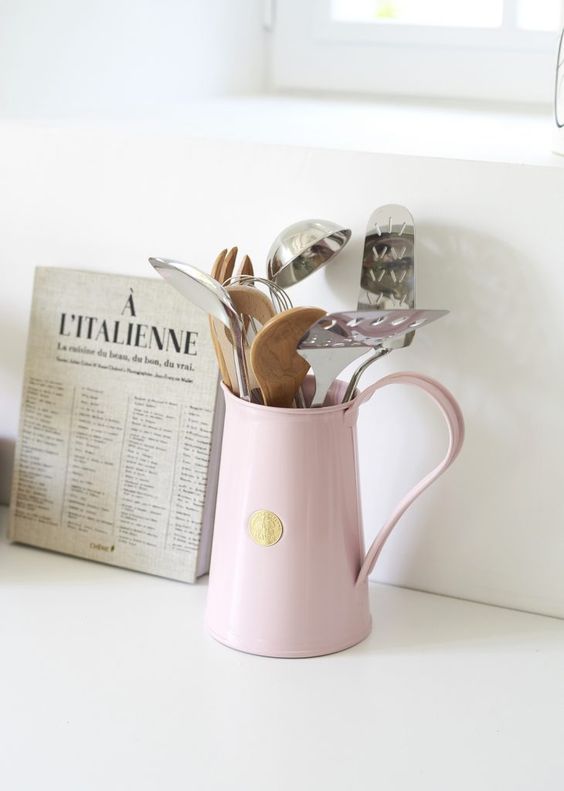The Effect of Calorie Counting on Our Relationship with Food
Photo courtesy of Sézane
I’ve spent my entire life observing people’s relationship with food — how we come to the table, the emotions we carry with us, and how other cultures relate to their food. Why is the table a place of ease and enjoyment for some, and a place of anxiety and guilt for others? I’ve always been an intuitive eater. Seriously. Before I was ten, I was telling my mom that I should substitute carrots for my OREO cookie snack. From then on, she realized that I had this innate sense of healthy foods and nutrition. I would balance my own intake and eat the cookie when I felt like it, and with as much ease would switch back to carrots when I felt the need. Carrots nourished my body in a way the cookie could not. And the cookie provided a sweet treat and a level of comfort that the carrot could not. Is one superior to the other? Not necessarily. They each have their purpose.
In researching for my current book, I wanted to understand the myriad ways in which people come to the table. I’ve long been against calorie-counting because I fail to believe that we were meant to have science or math degrees in order to know how to feed ourselves. I decided to earn my Master of Gastronomy degree in Italy at a university that incorporated multiple study trips and allowed for hands-on experiences with producers and global food systems. I traveled to Italy, France, Spain, Thailand, and Japan to better understand how and why people eat and how they come to the table. Time and time again, I saw healthy relationships with food. You might ask, what does that even mean? You wouldn’t be the first one.
Healthy relationships with food in these countries are characterized by an ease and balance at the table. The food is fresh, minimally processed, and eating is a convivial activity. A table is a place that joins people together. They understand the importance of a celebratory meal over nutritional calculations.
So, we return to my aversion of calorie-counting. My older sister advised that I should understand why people calorie-count if I want to do the work to repair our relationships with food. To empathize, I joined a calorie-counting app for the first time. It dutifully told me that I should be eating 1,200 calories per day. OK, it sounded easy enough. In turn, I began dutifully inputting my meals and having the app track my calories. I’m surprised by how quickly the calories add up, but I’m determined to give this a try. I measure out food and research serving sizes to get accurate calorie counts. This leads me to the dark-hole of calorie-counting forums where everything begins to unwind.
That’s an ounce of cheese? You’ve got to be kidding me. Who even eats that small amount of cheese? Can you even taste it as those small cubes go down your throat? I just returned from living in the land of good cheese and I can’t remember a single time I ate that small of an amount of cheese. I’d rather just eat cheese less often than have a chiclet-sized portion. And why are people talking about low-calorie options in these forums? I mean, I get it after seeing how small an ounce of cheese really is and the calories contained within it. But why are we not talking about the quality of the cheese? I had just returned from visiting cheese makers in the Campania region of Italy, where the milk is lovingly turned into fresh mozzarella or smoked into a delightful scamorza. These experiences faded quickly in light of conversations occurring in these forums.
Warning sign #1: These calorie-counting apps made me make focus on the calories more than the quality of the food
This is problematic. My mission is to have people turn to real foods with pleasure and away from the industrial food model. It stems from my thesis research in Japan, a society that highly emphasizes work ethic but doesn’t compromise on food quality the way we do in America. And here I am in a paradoxical calorie-counting hell, researching the calories in rather than the quality or joy of two cubes of cheese.
My paradigm shifted from gleefully eating freshly smoked mozzarella di bufala outside Naples to counting and weighing cheese back in the U.S. But I’m committed to this experiment, so a small portion of cheese it is.
Warning sign #2: Exercise became a way to ‘earn’ more calories in a day.
Another week passes and I’m finding that my exercise routine is becoming more frenetic. Exercise was previously something that made me feel good. I did it to care for my body, not to earn extra calories. “You earned 223 extra calories from exercise today!” the app exclaimed. The app made that link in a way my brain had never done before. I found myself grateful for the “extra” calories because 1,200 calories, I came to learn, is for the birds.
I hate being hungry--who doesn’t--and will always bring food with me if I’m heading out around lunchtime. During this experiment, I had one of those days. I didn’t have a lot of time and so made my old faithful: a peanut butter and banana sandwich. I threw it in a sandwich bag with an apple. It’s something I do so that I’m never caught in the throes of hunger in a world that is all too happy to provide less-than-desirable, processed options. When I returned home, I was proud of my foresight to incorporate homemade food into a busy schedule until I entered it into the app. 535 calories.
Warning sign #3: The app placed into question healthy habits that have served me well for many years
I never ended up eating the apple. If I added that to the app, I would have had a mere 250 calories left for dinner. Nuts! But not the kind you eat, because those would be too many calories. And don’t even get me started on the macros. Peanut butter in the same day as a handful of nuts? My fat macros would be way over. I had never thought about these intricacies of my meals before. I had trusted my ability to feed myself, still being the girl who would effortlessly balance her carrots and cookies.
As the holidays approached, more and more cookies appeared in the house. I’ve admittedly never had much of a sweet tooth. I’d take mac and cheese any day over a cookie. One day, I found the OREO truffles my mom made and crushed two of them. We meet again, my old friend.
Warning sign #4: My cravings for sweets increased.
My mom asked incredulously, “Did you just eat the truffles?” “Yes,” I muttered through a full mouth. “This is really unlike you,” she said. And she’s right. I’ve almost never reached uncontrollably for sweets. It’s typically a conscious decision for me, as simple as: “Oh, I haven’t had a cookie in a while. These look good.” End of conversation.
A few weeks into the calorie-counting experiment I was finishing my lunch of measured-out tuna and carefully-counted crackers. My mom joined me at the table with the entire bowl of tuna salad she had made and a box of cheese crackers. I was so completely and utterly tired of measuring any food before I dared to consume it. The restriction. The counting. The measuring. The deep-hole research episodes into cheese cubes. I broke. I snapped in a way I never had at the table before. Give.me.the.cheese.crackers!
Warning sign #5: Bingeing
So, this is what it feels like. The rubber band of binging and restricting. Stretch it too far in one direction and it will inevitably snap--it physically has to. The body isn’t meant to be manipulated by the daily discourse of whatever diet culture tells us to do. Our bodies are beautifully made bio-computers that self-regulate, only if we learn to listen to them. Who we are as eaters is incredibly complex, but the table provides the opportunity to tap into that, three times a day.
I’m done with the app and I’m grateful I have a lifetime of healthy habits and a strong relationship with food to fall back on. I worry about the pervasiveness of diet culture and how these apps can trigger people who struggle to develop a healthy relationship with the table. It makes me worry for the people who don’t know there’s a better way. These apps are a slippery slope. I recognize that it has helped many, like my sister, and for that I’m grateful. It can turn people away from processed food and steer them in the direction of fresh food.
But when it moves away from that and has us counting our calories and macros like mad scientists, then something has gone astray. If it works for you, then I can honestly say I’m glad. Learn what foods work for your body. Learn what satiation feels like for your body. Get the help of a health coach for extra support. Learn to listen to your body. When you’re ready, put down the app. Trust yourself and your body to pick it up from there.
And know that there’s so much life on the other end of that cookie. Or carrot. It’s not that serious.



